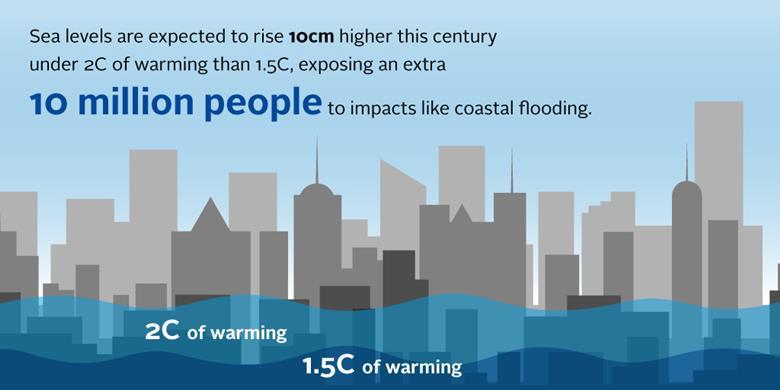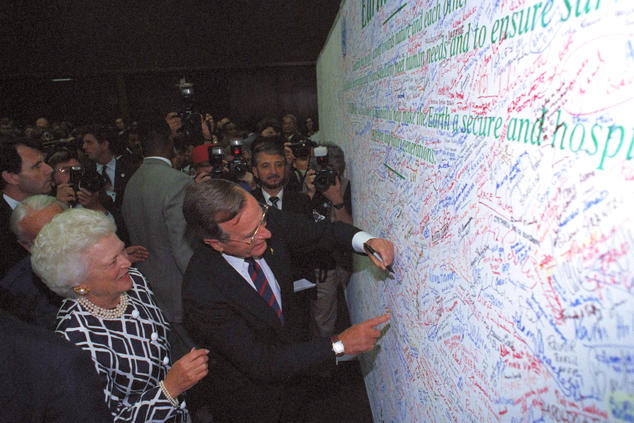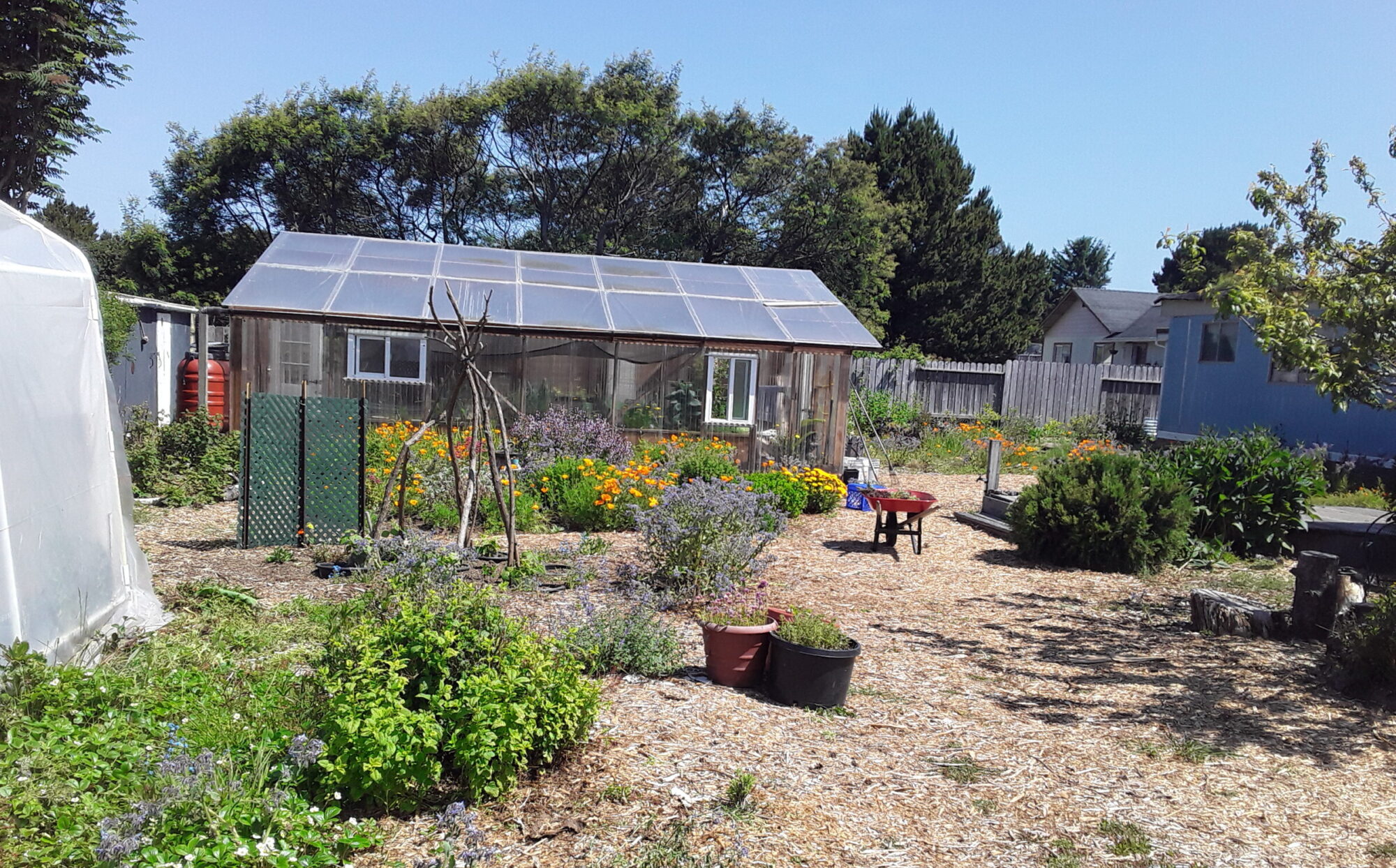By Steven Saint Thomas

Photo by Amanda Andrade-Rhoades | Survival Media Agency
Over the past five years, climate change has become a disaster. The planet has been pummeling humanity into submission with tropical storms, volcanos, heat waves, fires and floods – and there’s no end in sight for extreme weather events.
From Oct. 31 to Nov. 12, representatives of more than 200 nations will meet in Glasgow, Scotland, to collectively address climate change. This will be the 26th climate summit – COP26 – since 1992, when the global Conference of Parties signed the first UN climate change treaty.
Some 400 protesters (pictured above) sang songs, gave speeches and held up signs outside the White House in mid-October, hoping President Biden will do something “real” at Glasgow.
I, for one, have little faith that nation-states will dismantle the large-scale, centralized economic systems that have driven climate change my entire adult life. In fact, a recent scientific report indicates that we have about five more years before the climate disaster overtakes us.
But I will be the first to take hope in this. That means we have five years to build personal and community-level systems that might sustain us through the eschaton beyond Glasgow. I call it the Personal Transition Plan.
The Next Five Years
In September, the UN started front-loading expectations for COP26. It published a stunning World Meteorological Organization report on the heels of the Intergovernmental Panel on Climate Change’s (IPCC) sobering Sixth Assessment Report.
The message is clear: the world is not stepping up to climate change – in fact, things are getting worse.
The 2015 Paris climate agreement adopted the goal of averting catastrophic climate change by halting global warming at 2.7°F (1.5°C) above pre-industrial averages. Scientists are now saying there is a 40 percent chance that the world may breach that threshold within the next five years.
“This report is clear. Time is running out,” said UN Secretary-General António Guterres. “Unless there are immediate, rapid and large-scale reductions in greenhouse gas emissions, limiting warming to 1.5°C will be impossible, with catastrophic consequences for people and the planet on which we depend.”

Temperatures will continue to rise no matter how ambitious the nations get. Unified, drastic global action over the next five years might pull the greenhouse effect back to the 1.5°C target in the second half of the century.
The cost of nations failing to take drastic action at – and after – COP26 is “astronomical,” according to Shelley Inglis, executive director of the University of Dayton’s Human Rights Center.
“Studies have shown that the difference between 1.5 and 2 degrees Celsius can mean the submersion of small island states, the death of coral reefs, extreme heat waves, flooding and wildfires, and pervasive crop failure,” Inglis writes.
Inertia of the State
Almost 30 years ago, 172 nations convened to create the UN Framework Convention on Climate Change (UNFCCC) at a global “Earth Summit” held in Rio de Janeiro. While President George H.W. Bush signed the Rio Declaration, the United States never ratified the Kyoto Protocols that grew out of the declarations.
In fact, President Clinton’s support for Kyoto was completely countered by the U.S. Senate, which voted unanimously (both political parties, including then-Senator Joe Biden) to reject the protocol on grounds it would hurt the economy.

AP Photo/M. Frustino
Kyoto was essentially replaced by the Paris climate agreement in 2015. Although the U.S. initially signed on, President Trump withdrew the country for four years until President Biden pushed us back.
In or out, Democratic or Republican, the U.S. has had a dismal record for reducing greenhouse gas emissions. But so has basically everybody else, according to a recent study by the Europe-based Climate Action Tracker.
“Action to reduce greenhouse gas emissions continues to lag behind what is needed – in practically all countries and sectors,” the report says.

Gambia alone has a plan the analysts deemed “compatible” with the Paris agreement and the United Kingdom is the only G20 country to win an “almost sufficient” stamp for its proposals. The report rates U.S. progress as “insufficient” (Germany, Japan and the EU as well) and says Australia, Brazil, Indonesia, Mexico, New Zealand and Russia – among others – have submitted the same or less ambitious goals for their 2030 targets than they originally proposed in 2015.
If time is running out, the governments of the world have barely laced their shoes.
Ten Personal Protocols
While world leaders debate the real definition of “net zero” in Glasgow, the people of the world can step up – not to fight climate change, but to adapt to its reality. In essence, we have five years to build sustainable communities.
Here are 10 things you can do – now!
1. Capture your own water. Winter is upon us in the Northern Hemisphere and that means precipitation. Whether you use buckets and trashcans or 2,500-gallon tanks, capture as much water as you can.
2. Build your own soil. Let falling leaves lie. Ask your neighbors for their bags of yard debris. Find wood chip piles or buy mulch. Building layers of soil instead of tilling helps sequester carbon dioxide in the soil.
3. Make your own fertilizer. Topsoil needs organic material for better plant growth. Compost kitchen scraps, garden clippings, leaves, manure and other organic castaways in barrels, buckets or piles. Gardens are always hungry for fertility.
4. Grow your own food. Kill your grass and weeds with sheet mulch (cardboard covered with wood chips) and plant food gardens. Plant food you actually eat, so you can eventually phase out buying it at the grocery store. Fruit and nut trees are great perennials for long-term eating. Stop eating corporate factory-farmed methane-producing meat immediately – find local protein sources.
5. Own your home. If you have access to land, build an energy-efficient home or tiny house. If you have a mortgage, pay it off in the next five years (this may take borrowing from friends and family, but it’s better to pay them back than the banks). Pay down the mortgage by liquidating any Wall Street investments, including IRAs. If you rent, make sure your landlord is a friend or in small-scale business and will let you lease long term. If you’re in a tenant mill, sustainable housing might require a move or purchase.
6. Use your own energy. Minimize your use of electricity, which is most likely generated by burning fossil fuels (yes, that includes natural gas). Invest in a small-scale solar system to run lights, phones and computers, and to charge batteries. Phase out large refrigerators and freezers. Shift from air conditioning to fans.
7. Transport yourself. Get to a place where you can meet most of your travel needs by walking or riding a bicycle. You might need a different job if you can’t telecommute. If you have a vehicle, find ways to use it less and less. Share rides and carpool whenever possible.
8. Keep your money in your neighborhood. Move out-of-town bank accounts to local credit unions. Buy locally made products whenever possible instead of importing stuff via Amazon. Discontinue business with corporate chains.
9. Join neighborhood trading/barter networks. Phase out your daily need for cash by trading with neighbors, bartering or joining a local alternative-currency network or mutual-aid group. Use social networking to give unneeded stuff to neighbors.
10. Migrate by design. If you don’t live in a sustainable place (i.e. your region needs to import water, food and energy from somehwere else), consider moving. You have five years to find a better place. This is how we did it.
You have about five years for your Personal Transition Plan, to get your boat ready for the flood. There are at least 10 things you can be working on – and probably are already. I think I’ll skip flying to Glasgow for a conference and build a greenhouse instead.

